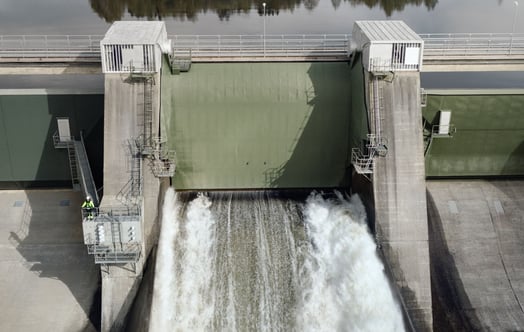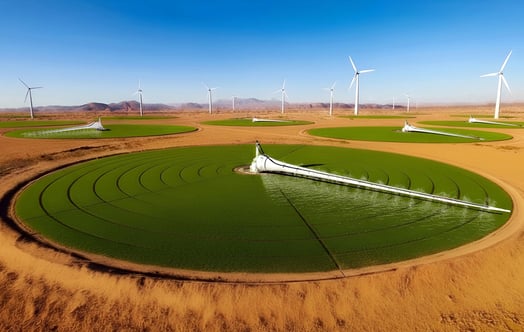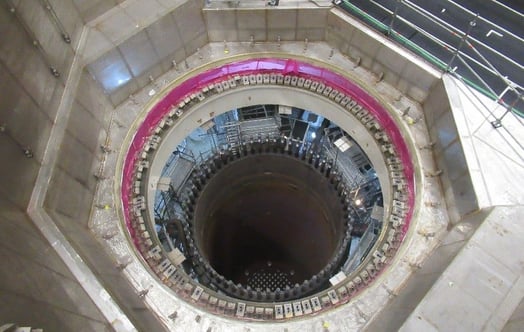Solar, wind and hydro – sure, but have you heard of volcano power? With cutting-edge AI technology, and a touch of science fiction, harnessing the raw energy from the depths of our planet is becoming a reality.
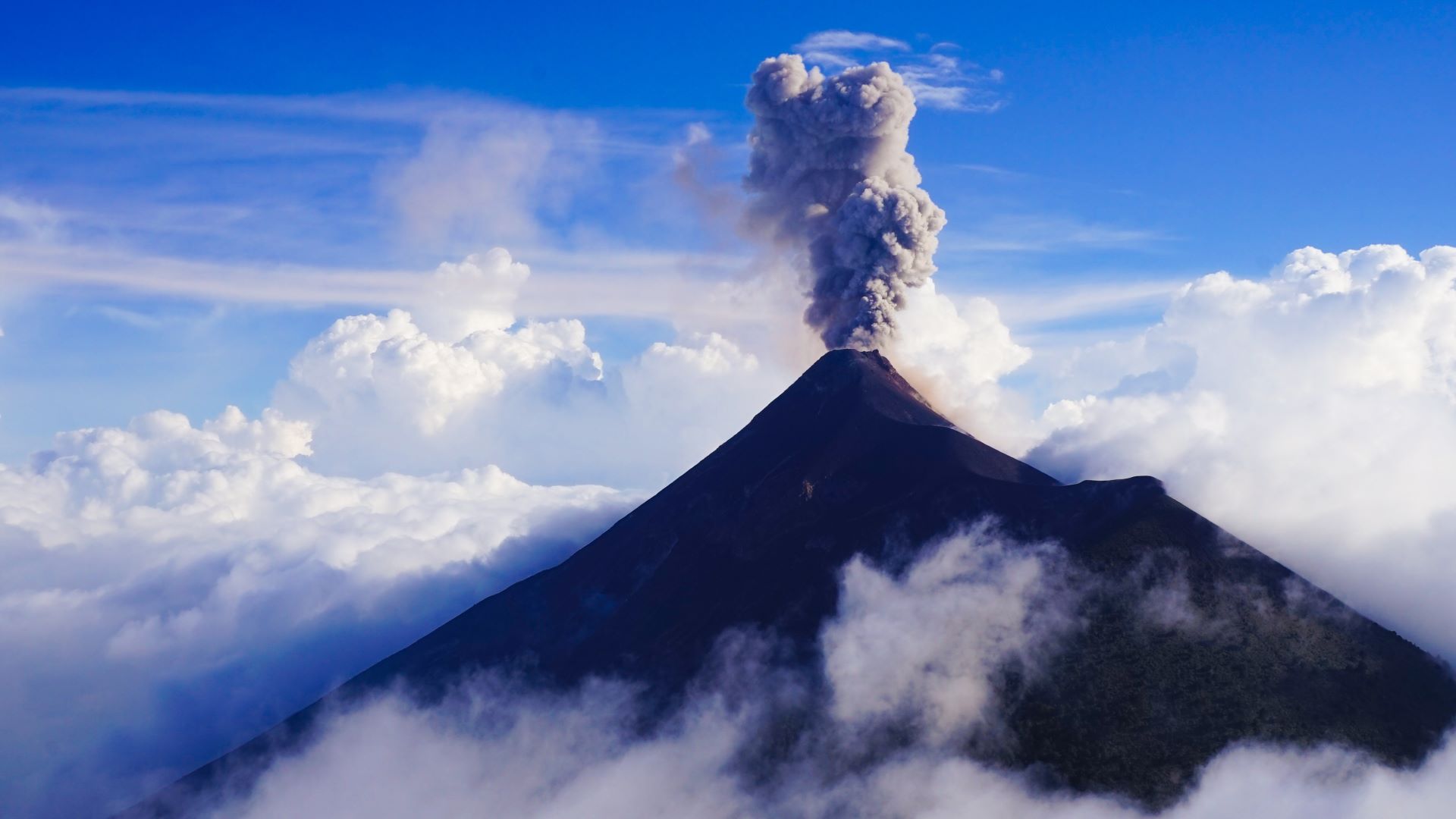
Liquid lava can reach temperatures of 800 to 1.500 degrees Celsius. With AI-driven innovation, engineers are closer than ever to tapping into one of the most powerful renewable energy sources on Earth – geothermal energy extracted directly from magma chambers. What once seemed impossible is now within reach.
Iceland, a leader in geothermal energy, is embarking on a groundbreaking project: the Krafla Magma Testbed (KMT). Set to begin drilling in 2026, this initiative will be the first attempt to tap directly into a magma chamber for energy production.
The stakes are high, but the rewards could be unprecedented.
“We spend so much money on exploring space, but we have not yet really explored the very land we are standing on, our own Earth. If we are able to harness the energy from volcanoes, one magma-powered plant could generate up to 10 times more energy than traditional high temperatures geothermal sources”, says Vordís Eiriksdóttir, Director Geothermal Operation at Landsvirkjun, and working close to the KMT-team.
“Our mission is to create a gateway to magma. AI could play a valuable role in geothermal exploration and data analysis, particularly in identifying geothermal reservoirs, optimising drilling techniques, and improving overall project efficiency”, says Hjalti Páll Ingólfsson, Chief Technology Officer, Reykjavik Geothermal and Chair of the Krafla Magma Testbed Funding Committee.
“We are also interested in collaborations with AI specialists to explore how advanced Ai technologies could be integrated into KMT. This could even lead to the development of something like a KMT GPT, a model tailored specifically to our needs.
Taking it to the utmost level
As the demand for renewable energy surges, geothermal power has lagged behind other green technologies due to geological, economic and technological challenges. But AI is changing the game. By enhancing exploration, optimising extraction, reducing costs, improving sustainability and increasing safety, AI is set to revolutionise geothermal energy production.
According to recent data, geothermal energy accounts for less than 1 per cent of global electricity demand, with an installed capacity of approximately 15.4 gigawatts. The International Energy Agency (IEA) suggests that with significant investments and technological advancements, geothermal energy could supply up to 8 per cent of the global electricity supply by 2050 – a projection that spotlights AI- and next-generation geothermal technologies. The potential of combining volcanoes – the supreme source of geothermal energy – and AI is really taking it to the utmost level.
AI taking all the risks
A volcano provides multiple options for energy production: superheated steam and hot water from fumaroles and geothermal vents, underground geothermal reservoirs and, of course, the direct heat from lava and magma. But location, heat and danger of volcanic activity make this a difficult and risky project.
At Coso Geothermal Field in California, USA, AI helps out harnessing energy from geologically active zones safely and efficiently while the infrastructure for the power plant is kept in a safer zone. There AI enables remote real-time communication and operation via cloud computing and satellite networks, showing its true potential as a helper for speeding up the energy transition, both above and beneath the surface.
Safer, faster and more efficient
Artificial intelligence will have a number of roles when extracting the power of the magma:
- In the exploration phase, AI can process seismic activity data, geological surveys and satellite imagery to pinpoint the safest and most energy-rich drilling locations and identify supercritical water zones, which can vastly improve geothermal efficiency. AI-driven geophysical analysis has improved geothermal discovery rates by up to 20 per cent.
- When drilling starts, AI-driven simulations can reduce the risk of encountering unstable rock formations and digital twins test different energy extraction strategies before drilling. AI also helps design heat-resistant drill bits that can withstand the intense requirements for volcanoes, where temperatures exceed 1.300 degrees Celsius.
- During work, AI continuously tracks temperature, pressure and fluid movements inside the wells to enhance energy extraction efficiency by 10–15 per cent. Advanced machine learning algorithms forecast maintenance requirements and can predict equipment failures with up to 90 per cent accuracy. AI-powered seismic sensors detect geological shifts, alerting scientists to potential volcanic activity.
- For production and distribution, AI forecasts energy demand fluctuations, ensuring geothermal plants produce the right power at the right time. Smart AI-driven storage balances geothermal output with wind and solar. AI also enhances grid stability by adapting power to real-time demand and supply.
Case studies show that AI-driven geothermal projects can improve safety and efficiency while reducing environmental impact, by tracking and reducing harmful emissions generated at the extraction site, by up to 12 per cent.
As the technology develops, AI-driven innovations may help overcome geological and operational challenges, making magma-based geothermal energy a more viable part of the global renewable energy mix.
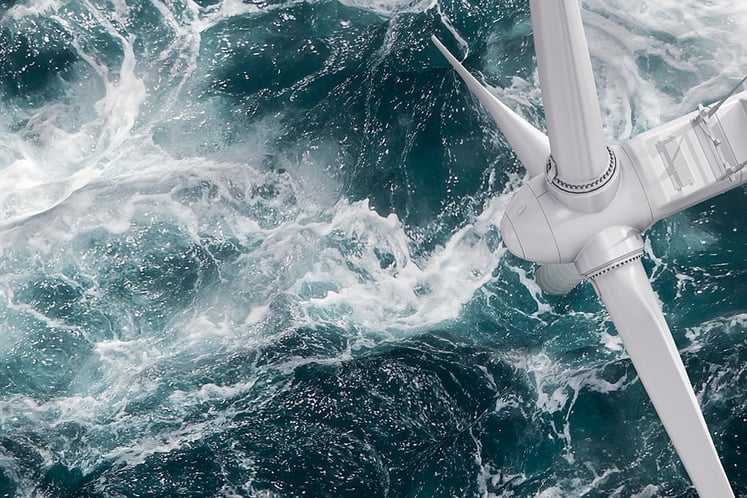
Subscribe to the newsletter THE EDIT
THE EDIT is Vattenfall's new monthly newsletter. Each issue highlights a new burning issue from the world of sustainable energy and fossil freedom.

